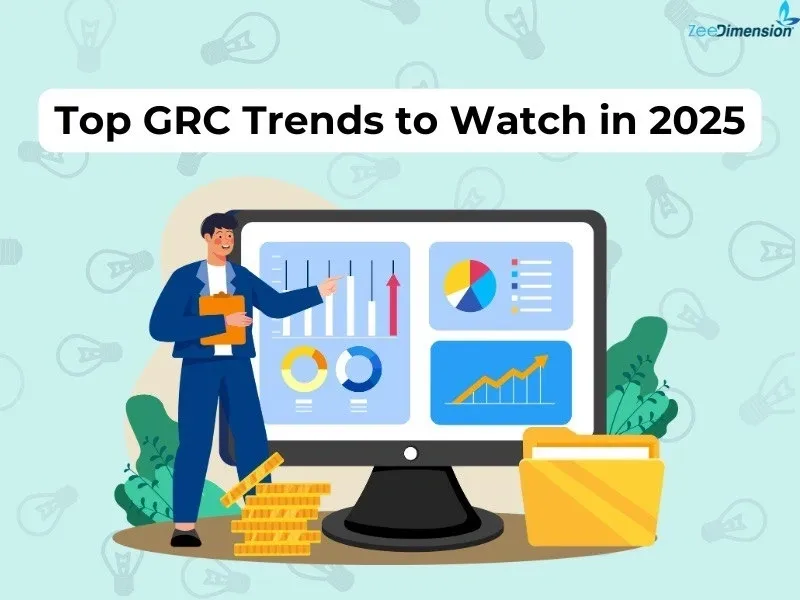
The world of governance, risk, and compliance (GRC) is rapidly changing. Businesses now confront increasingly complex standards and must adapt to new technology, emerging risks, and shifting investor and regulatory expectations. By 2025, GRC will be a proactive strategy rather than just a reactive procedure. AI-powered solutions and the development of ESG aspects are changing the way businesses manage risks and maintain compliance. In this article, we’ll look at the important themes influencing the future of GRC and how firms can stay ahead.
1. AI-Powered GRC Solutions
Predictive analytics, anomaly detection, and automated compliance checks are set to revolutionize Governance, Risk, and Compliance (GRC). These technologies enable more proactive and accurate risk management, streamline operations, and reduce compliance costs by up to 30%. Additionally, they enhance risk detection accuracy, allowing firms to identify potential issues before they escalate, leading to more effective and efficient governance and compliance.
2. ESG Integration into GRC
ESG factors are becoming an essential part of GRC frameworks as companies respond to increasing demands from investors and regulators. By 2025, over 80% of firms are projected to incorporate ESG risks into their GRC programs, ensuring that their governance initiatives cover sustainability, ethical standards, and social duties.
3. Real-Time Risk Monitoring
Using IoT (Internet of Things) and advanced analytics is changing how companies manage risks by moving from static to real-time monitoring. This shift allows firms to continuously watch for and assess potential hazards, making risk management more dynamic and responsive. For instance, real-time dashboards can show up-to-date information on cyber risks or supply chain vulnerabilities, enabling quicker decisions and more effective handling of emerging issues.
4. Regulatory Technology (RegTech) Growth
RegTech is revolutionizing compliance by leveraging blockchain and automation, making it easier to manage complicated laws, particularly those that straddle borders. These tools make compliance management easier, eliminate manual labor, and minimize errors. As global rules become more complicated, there is a growing demand for solutions that can efficiently manage and simplify these requirements, allowing firms to remain compliant while lowering costs and complexity.
5. Cybersecurity Governance Evolution
Cyber risks are set to dominate Governance, Risk, and Compliance (GRC) agendas, with frameworks like Zero Trust gaining traction. 60% of GRC teams will work closely with cybersecurity to manage overlapping risks.
6. GRC for Remote & Hybrid Work
New governance strategies will focus on data protection and compliance in hybrid work environments. Organizations that fail to address the risks associated with remote work may face regulatory penalties.
7. Simplification of GRC Systems
Integrated GRC platforms will reduce complexity and eliminate silos. As a result, unified GRC data will improve collaboration and decision-making.
8. Emphasis on Risk Culture
Building a risk-aware culture will be a top priority. Training programs and board-level involvement will ensure that employees at all levels manage risks effectively.
Conclusion
The future of GRC will be defined by innovation, integration, and proactivity, as firms progressively employ advanced technologies and new methods to manage a complicated regulatory framework. To remain competitive, firms must be prepared to accept emerging trends and adjust their governance, risk, and compliance procedures accordingly. Is your organization ready to lead the way in GRC evolution? Let’s connect and talk about how you can take advantage of these exciting changes!







